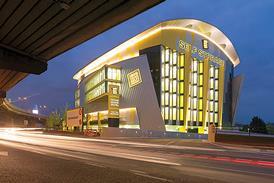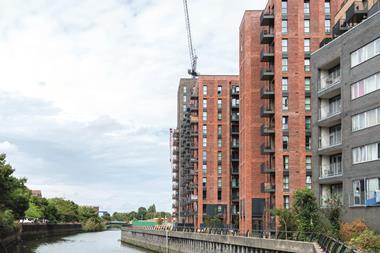According to the latest Deloitte crane survey, activity in the office sector continues apace, with 3.5m sq ft started in London alone over the six months to May – a 38% increase on the previous survey last autumn.

It appears to be business as usual in the capital, but for how long? Increased payment periods, the unknown impact of Brexit and a lack of development space are knocking the confidence of landlords and developers, according to the survey, which suggests that positivity may be waning.
Of course, an element of risk-taking will always be necessary if progress is to be made; however, property developers and end users can use various tactics to mitigate risk – starting with procurement. In today’s climate, arguably the biggest question when making procurement decisions is who should carry the risk associated with getting a project over the line.
Procurement approaches are evolving to be as flexible as the space that the client is developing. In some cases, a hybrid of the popular construction management route with the more traditional two-stage design-and-build route has been the key to building offices more efficiently.

The building type, external market conditions and access to the supply chain are all vital considerations when deciding which path to take, as clients seek to identify and appoint a skilled contractor.
Programme goals are more likely to be attainable by commencing a build under a construction management model because the client has more control. However, once design is sufficiently developed and risks quantified, the construction manager for the project can continue through to a two-stage design-and-build model, allowing the client to pass management back to the contractor, with the risks mitigated and associated risk management costs avoided.
As the office market continues to expand, so risk transfer continues to get more expensive, leading many businesses to seek alternative approaches. Construction management procurement models can make schemes viable where they otherwise would not be, but changes in the contracting market have also tended to move the two-stage design-and-build process from a competitive tendering environment to one of negotiation – a subtle but key shift.
If it can dig in and remain a competitive tender process then there is unquestionably still a place for it, but only time will tell.
Richard Steer is chairman of Gleeds Worldwide






























No comments yet